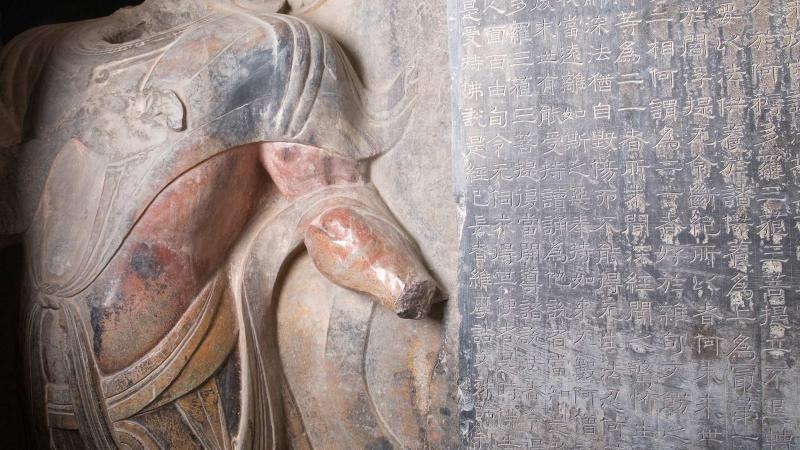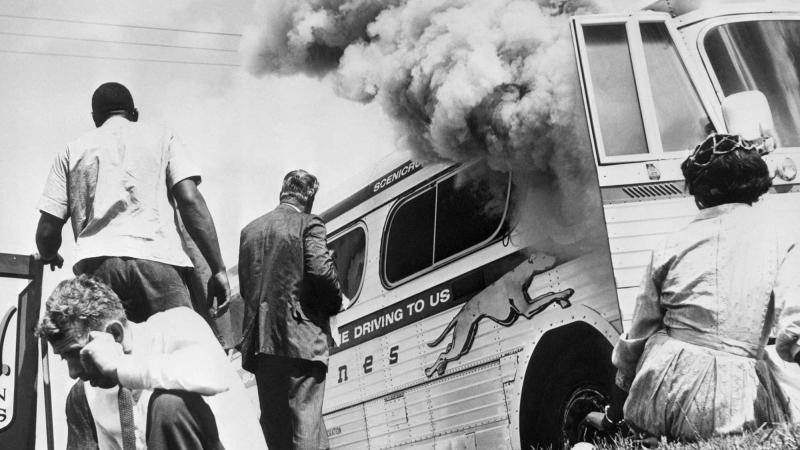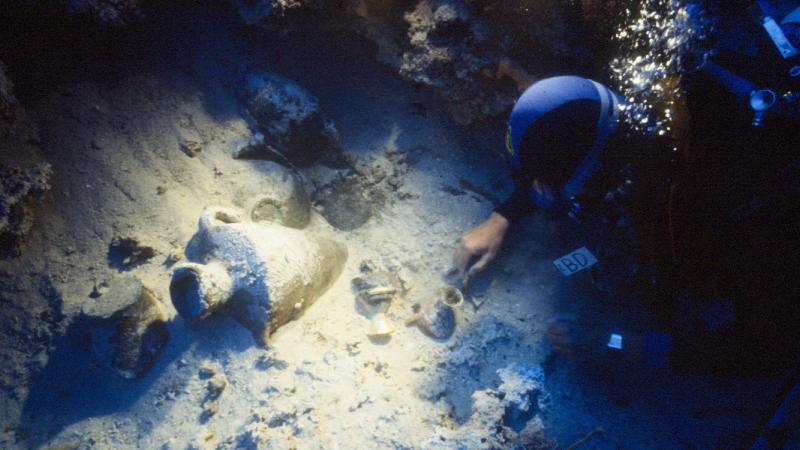What do the Food Network’s Guy Fieri, Pulitzer Prize-winning violinist Caroline Shaw, and political commentator Alex Wagner have in common? They are among the 8 million or so people who created projects for National History Day (NHD) while they were in middle or high school.
The brainchild of the late David Van Tassel, a Case Western Reserve University history professor, History Day got its start in 1974 in Cleveland with 129 high school students. Recently, nearly 3,000 NHD students descended on the University of Maryland at College Park to present their papers, documentaries, exhibits, performances, and websites over five days devoted to celebrating history. Their projects are the result of a yearlong effort to better understand history by studying primary and secondary source materials. Hailing from across the United States, American Samoa, Guam, and Puerto Rico, and international schools in Central America, China, Korea, and South Asia, the students are the finalists among an estimated 600,000 students who competed on the theme “Leadership & Legacy in History.”
NHD has changed the way students learn history, says Cathy Gorn, NHD’s executive director. Their teachers “teach by asking questions and getting away from textbook learning.”
Gorn has looked at thousands of History Day efforts since joining the staff in 1982. Which ones stick out? For a great title, she says, “I Looked Down Into My Open Grave,” a project about Andrew Johnson’s impeachment. There was a great performance about Eleanor of Aquitaine acted on a sheet serving as a chessboard, and one on five presidents debating rights and responsibilities. “They pretended to be in Heaven and put dry ice around for the cloud effect,” says Gorn.
What has been a constant is that “students have always been very interested in topics regarding injustices,” says Gorn. For instance, when a team of Illinois students made a documentary about the 1964 murders of three civil rights workers, the research they did for the film helped reopen the investigation of the killings. And a World War II captain, blamed for the loss of his ship and many men in the Pacific, was exonerated in part because of a sixth grader—Hunter Scott interviewed survivors of the U.S.S. Indianapolis for his project and later testified to Congress on Captain Charles Butler McVay III’s behalf.
Doing History Day has been transformative, says Gorn, who notes that a special education student moved to honors classes after doing a History Day project. One of the more poignant moments for Gorn involved a student being treated for bone cancer, who used her NHD project to “keep her focus and her spirits up.”
Since 1979, NEH has awarded $1,926,563 to NHD. Cited for instilling “a passion for history,” National History Day was awarded a National Humanities Medal by President Obama in February 2012.
(By the way, if you wonder what topic inspired Fieri, it was the history of pretzels.)
Written by Anna Maria Gillis, managing editor of Humanities.


